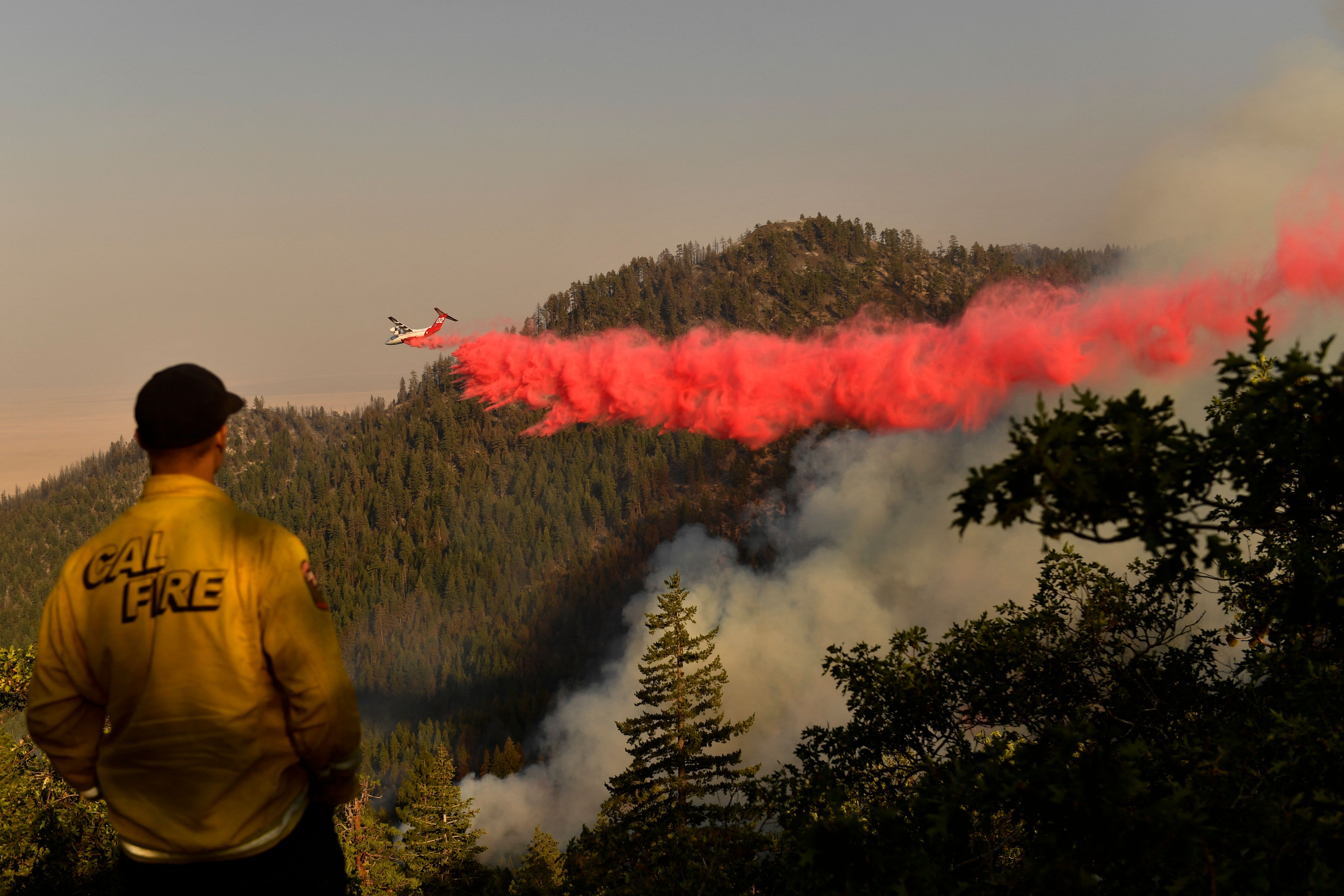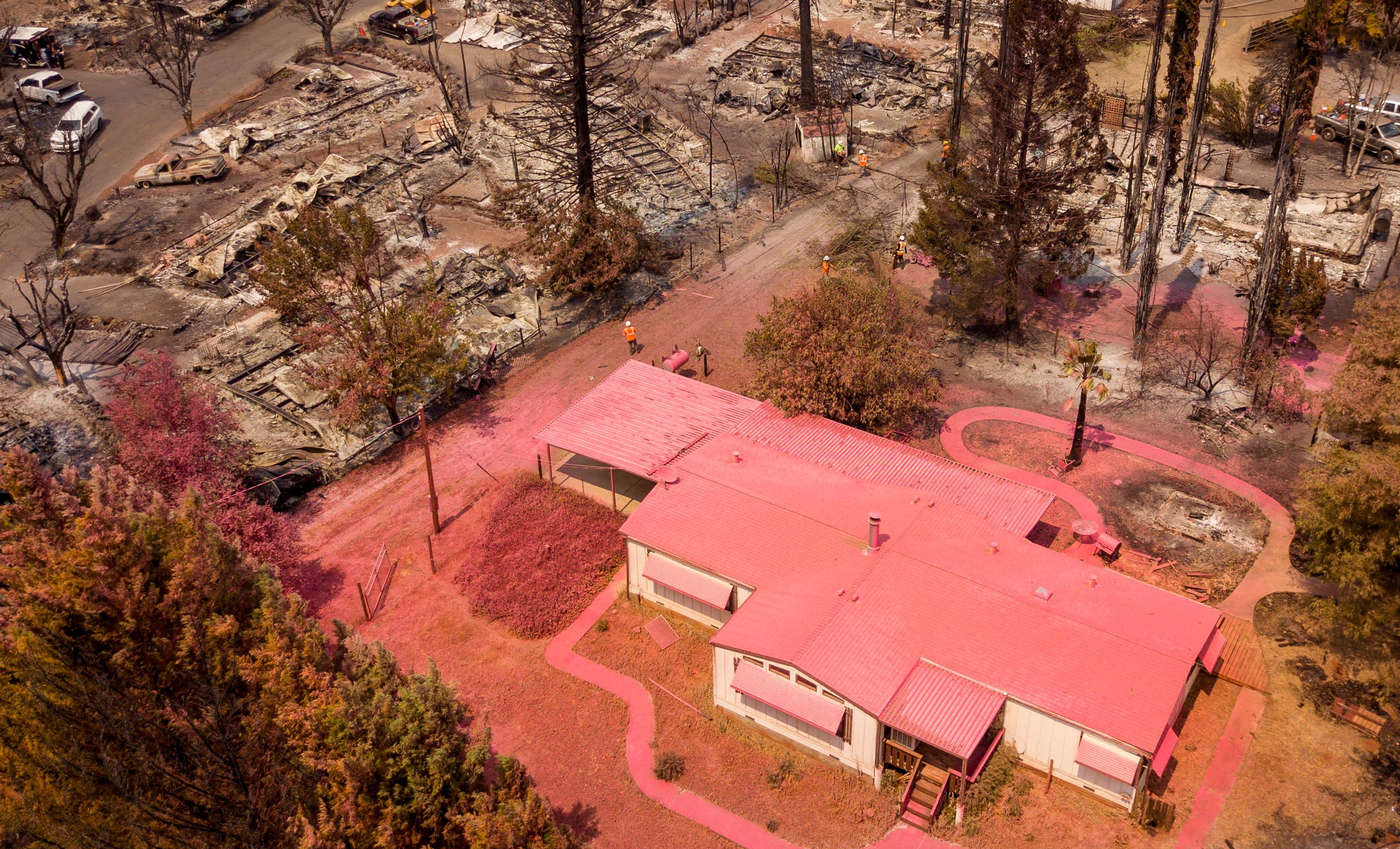Researchers at the Blodgett Forest Research Station have been staging scientific experiments to gauge the effectiveness of different land management strategies. Joe Rosato Jr. Reports.
Long before megafires began annihilating California's forests year after year, a modest 3,000-acre forest an hour-and-a-half northeast of Sacramento had become a living laboratory where researchers could test various theories on what made for the most resilient and fire resistant forests.
The experiments at the Blodgett Forest Research Station date back 50 years, not long after the Michigan-California Lumber company donated the timberland to the University of California, Berkeley in the 1930s for research.
For decades, researchers have worked in relative obscurity on the land, staging scientific experiments to gauge the effectiveness of different land management strategies. But as massive fires chip away at the state's forests, the work at Blodgett is now getting far more attention.
"I have been on this forest for 20 years, and 15, 20 years ago I couldn’t get a reporter to come here and talk about my research," said Blodgett researcher Rob York. "But now it’s very much front and center."
On a recent day, York led a group of journalists and researchers through the site, pointing out the various strategies in use. In one plot, the canopies of tall conifer trees had been thinned, leaving stubs where branches had once stretched out. In another plot, smaller trees had been cleared away, leaving the trunks of the larger trees with ample space. The site had also been cleared of pine needles, leaving a scene York described as most exemplary.
"This is the ideal way that it should look," York said.
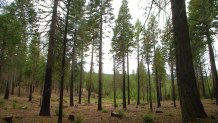
York imparted his own rule on what made for a perfect management scenario: if the forest was clear enough to easily jog through without tripping and you could see the change of topography through the trees.
After the demonstration of the ideal site, York guided the group to an area of dense forest, where smaller trees and brush had grown unchecked to fill the gaps between the larger trees.
"So, what we’re trying to do is represent all of the different alternatives out there," York said, pointing to the dense vegetation. "And that strategy is to do nothing."
Get a weekly recap of the latest San Francisco Bay Area housing news. Sign up for NBC Bay Area’s Housing Deconstructed newsletter.
York said the university had chosen to take a hands-off approach on the specific test site, allowing the trees to grow at will. York said the experiment was demonstrated the evolving ideas about forest management. Before the state's megafires, visitors might've looked at the thickly wooded site and deemed it healthy. But now, those perspectives have shifted.
"They recognize the high density and the fuel on the ground and they’d start to think more about it, 'OK, maybe this isn’t so great, especially from a fire hazard perspective,'" York said.
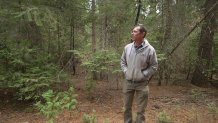
But the "ideal" forest management practice presented by Blodgett, which includes thinning and removing smaller trees while cleaning up pine needles and other ground fuels, carries a hefty price tag for governments and private landowners.
In some test areas in the research forest, heavy machinery – called masticators – are used to tear out smaller trees and vegetation. But York said that type of work cost landowners $1,000 per acre. He said prescribed burns are also a highly effective method for removing ground fuels. But counties have grown timid toward issuing those burn permits, especially in the drier months of summer when fire concerns are at their nadir.
As a result, Blodgett researchers are working to identify winter days when the prescribed burns could be carried out – a practice that hasn't been the seasonal norm.
Cal Fire science professor Scott Stephens said forest lands, including Blodgett, were once tended by Native American tribes who routinely used fire to clear brush and forest floors. Stephens said those practices have fallen out of favor, leading to a situation where climate change coupled with a lack of forest management have made conditions ripe for massive fires.
"I think what it just says is we have to begin this stewardship in earnest," Stephens said. "My back of the envelope calculation says we need to do 10 times more annually than we do now."
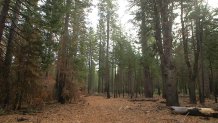
With its various mixtures of management methods incorporating different levels of human intervention spread across decades of real world scenarios, the research forest has been a valuable tool for researchers and forest managers to test theories that others can only calculate in the theoretical.
"We’re able to see long-term what the different management alternatives look like," said Ariel Roughton, manager of the Blodgett forest. "People are able to come here and see and learn from the work that we’ve been doing the past 50 years."
The work isn't just exclusively focused on science. Roughton said the research is also exploring financial models to show how landowners and governments can use timber harvesting to offset the costs of the forest maintenance.
But with the few remaining timber mills in the area already overwhelmed processing trees from recent wildfires, those opportunities have also thinned.
Perhaps the most sobering sight on the Blodgett tour was a plot of forest where smaller trees had once been cleared away, but had since grown back, creating dangerous conditions where fire could potentially climb them to reach the canopies above. It was a demonstration of how the staggering amount of maintenance needed across California's forests wouldn't be just a one-time event but an ongoing process.
"The fire seasons that we’re seeing is definitely drawing attention to the problem at hand," Roughton said. "And I don’t think that it can be ignored anymore."


